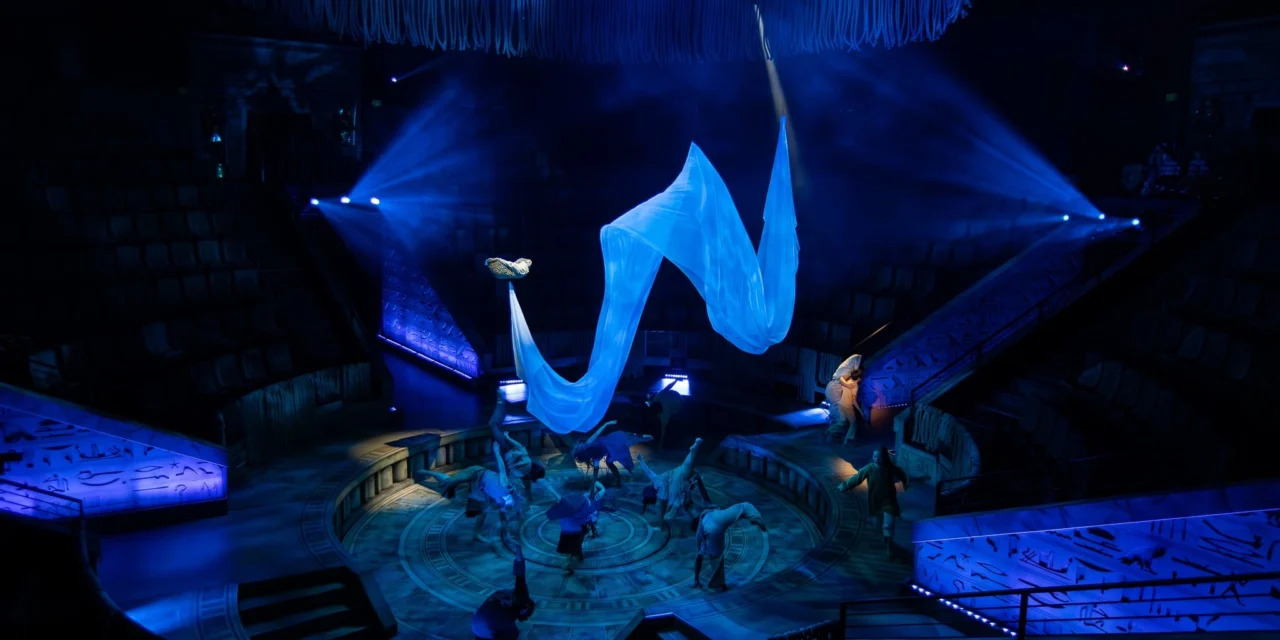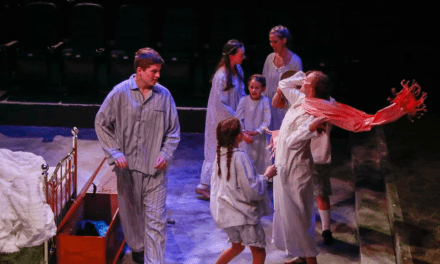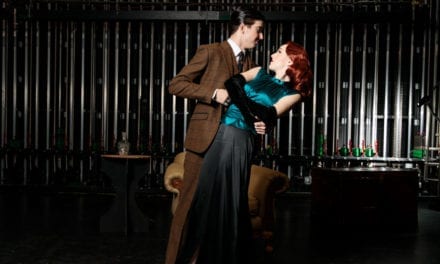SANDY — Directed by Dave Tinney on the Centre Stage at Hale Centre Theatre, The Prince of Egypt: The Musical with music and lyrics by Stephen Schwartz and book by Philip LaZebnik is an adaptation of the 1998 film produced by DreamWorks. The production is strong with diverse casting and design elements ultimately leading to a stunning and skilled performance which would be easy to recommend. Except for how poorly the musical adapts the film and loses the essence of the Exodus. The high points of the performance and story remain the musical numbers that carry over from the film.
The 1998 film includes a title card with these words:
While artistic and historical license has been taken, we believe that this film is true to the essence, values and integrity of a story that is a cornerstone of faith for millions of people worldwide.
The biblical story of Moses can be found in the book of Exodus.
The stage adaptation fails to have the same integrity for the billions who hold the Moses story and belief in God’s miracles with reverence.
From Screen to Stage
The Prince of Egypt tells the biblical story of Moses and the Exodus delivering the Hebrews from centuries of slavery to the Egyptians through the power of God. This stage adaptation began development a decade ago with an earlier production premiering at Tuacahn in 2018. The current production debuted on the West End in 2020. While the musical is sourced from 1998 film, overall the changes result in a lukewarm story. Additional songs and characters are underwhelming and poorly developed. But I feel the greatest flaw is minimizing God and spirituality instrumental to the essence of the original biblical narrative.
The pivotal scene establishing Moses’s role and calling is him seeing the burning bush and hearing the Lord’s voice instructing him be God’s messenger. Moses is taught Pharaoh will not listen, so God will stretch out his hand, “And smite Egypt with all my wonders.” in order to deliver the Hebrews. In the 1998 film, the burning bush scene is significant and glorious, really showcasing the conversation between Moses and God. The musical score underneath is an absolutely moving and emotional musical motif by Hans Zimmer.
None of the glory and wonder for God is present in the musical. The burning bush is a “blink and you’ll miss it” vignette cut into a busy Act 1 finale including Pharaoh Seti’s death scene, and Ramses ascension to power. Even Moses declares uncertainty of what his “…eyes seemed to see.”, but “…even if [he] dreamed it…now it’s up to me.” Moses concludes he needs to free his people, but the musical makes Moses unaware that God is with him and is leading him. This is highlighted by Moses’ reaction of shock, fear, and horror to the first plague – turning the Nile to blood.
Compounded with Moses’s lack of divine direction, Ramses is portrayed as a weak ruler controlled by the bureaucratic influence of Hotep the Priest and his wife. Ripped of agency and authority, Ramses is so sympathetic, Moses feels overly aggressive trying to free enslaved people from an oppressive nation. Where Ramses is portrayed as a passive ruler and Moses feels aimless, the purpose and escalation of the plagues is obscured.
Ramses’ stubborn refusal to listen to Moses, a messenger of God, should escalate to the final plague, the death of the firstborn. The musical adds an additional song “The Rest of My Life” where Moses questions everything he’s done as a personal failing, full of regret and blame. Following this song, there was no applause from the audience, a curious incident for a musical in Utah. Finally, concluding the show with Ramses and Moses reconciling undercuts the drama of the Hebrew’s enslavement and deliverance. It plays like a fanfiction bromance of the Exodus story.
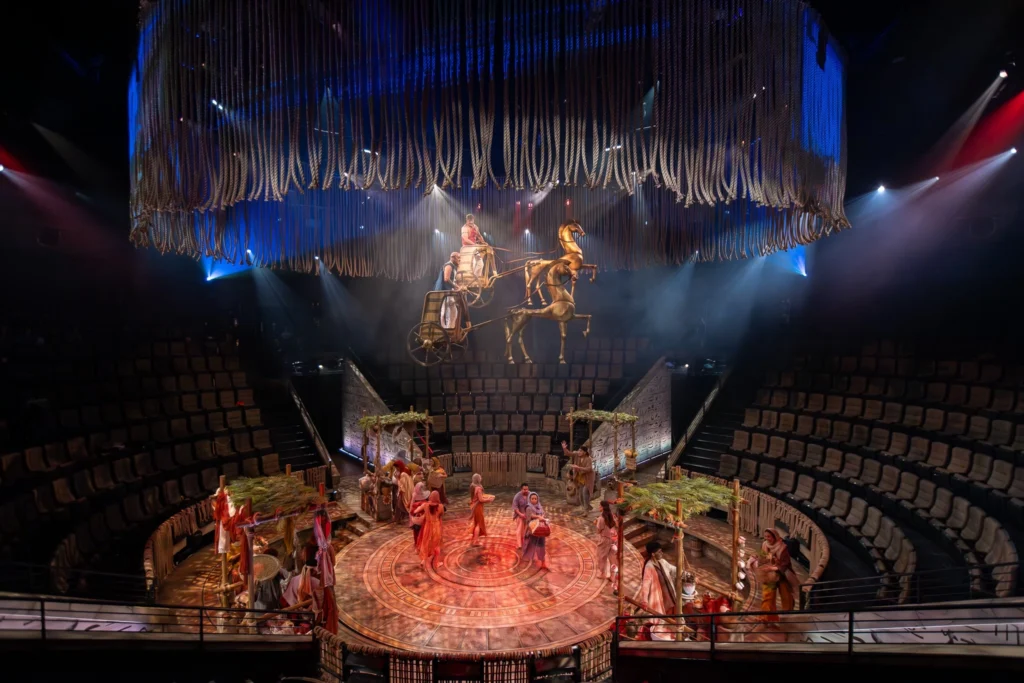
THE PRINCE OF EGYPT: THE MUSICAL plays at the Hale Centre Theatre through April 12th, 2025.
Performances
Zack Wilson as Moses does the part well, with the high being Wilson’s performance and reactions to Moses’s true heritage when meeting Miriam and singing “All I Ever Wanted”. While I feel Moses’s character is held back by minimizing Moses’s divine role as prophet and leader, Wilson transforms from oblivious Prince to showing genuine concern for others convincingly. Wilson and Malia Morris, playing Tzipporah, develop the romance between their characters very well. An additional scene and song between Tzipporah and Moses is a good change expanding their relationship.
Wilson’s best scenes are with Ren Cottam playing Ramses. Both of their performances are strong and from the very first scene of them racing chariots, their camaraderie sets a compelling stage for the future conflict. Cottam and Wilson are the heart of the show and much of what happens is built around their relationship. They feel like brothers.
It’s disappointing that stronger versions of Ramses and Moses where both are resolute and act with deliberate agency does not transfer from the 1998 film. It’s easy to imagine taking this cast with the original story treatment and having something truly marvelous performed live.
“Deliver Us” is an incredible opening, highlighting the plight of the Hebrew slaves under Egyptian control. Aitana Alapa plays Yochaved, Moses’s mother, and Alapa’s voice is marvelous. The lullaby Yochaved sings needs to be memorable and Alapa sets the perfect tone conveying hope, longing, and sorrow. Chris Lowe as Jethro stands out with a confident and commanding performance of “Through Heaven’s Eyes”. “When You Believe” sung by Rachel Woodward Hansen as Miriam and Morris as Tzipporah is a beautiful number and retains it’s power and emotion. The singing for the whole cast has exceptional quality.
Production Design
Overall, the design and production is very strong for The Prince of Egypt. Director Tinney leads a very collaborative production across multiple theatrical disciplines which combined with strong diverse casting delivers a high quality performance. The production is well prepared, only feeling off balanced because of the weaknesses of the script and story.
The choreography by Lindsey D. Smith in “Deliver Us” is striking and emotionally resonant. The choreography throughout is mindful. There are several scenes where dancers pantomime the tragic events of the story and capture the drama of the story better than much of the dialogue or lyrics. “Through Heaven’s Eyes” and “Simcha” are great numbers highlighting the dancers’ skills and agility in a more joyful setting.
The scenic design by Nate Bertone uses the stage and automation of the Hale Centre Stage very well. The set supports the story instead of overwhelming the performance. I love that the set really feels like it was taken from an Egyptian temple. The settings are very clear and it is easy to know where you are throughout the story. The video/projection design by Jaron Kent Hermansen complements the scenic elements and adds visual interest.
An admirable aspect of the production is the blending of design and technical elements to create something truly effective. For example, transporting the baby basket during the opening number “Deliver Us” uses beautiful silks with projections to represent the Nile. Dancers, choreographed by Smith, flow with the silk and add their movement that works well with the music. The basket is lifted with the silk on a wire which demonstrates the peril of such a journey for a baby in a basket. The lighting design, also by Jaron Kent Hermansen, works with all these elements creating a moving opening scene to the production.
Costume design by Candice Nielsen was excellent, properly conveying the relationships and groups within the world of the play. The Hebrew slaves dressed in faded neutral tones blend in with the set and are distinct from the solid, colored robes, tunics and gowns of the Egyptians accented with gold.
Clothing also shows the allegiance of Ramses and Moses. Ramses begins in a solid blue tunic that becomes more royal, elaborate, intricate, and dark. As Moses is converted his costume shifts to from the solid red tunic that he wears as the Prince of Egypt to a tapestry woven red cloak matching the colors and design of the Midianites.
Conclusion
This adaptation misses the faith of the biblical story making it hard to recommend from my personal perspective. The 1998 film builds a narrative on historical knowledge and religious sensibility and understanding even when creative liberties are taken. The musical goes all in on the brother’s narrative, and emotional conclusion sacrificing the rest. Stripped of all the spirituality there’s nothing left of meaning except playing on nostalgia of something better.
At the time of publishing, nearly all performances of The Prince of Egypt: The Musical at Hale Centre Theatre are sold out. For those attending this musical adaptation, the nostalgia, excellently produced production, and talented performers may outweigh the story’s failings. The show does provide an interesting example of how adaptations compare to an original creation, and whether remaking an creative work for a different format can be done successfully. Personally, I came home inspired to order a Blu-ray copy of the 1998 film, deciding the quality is worth owning a physical disk for my family.
The original is just better.
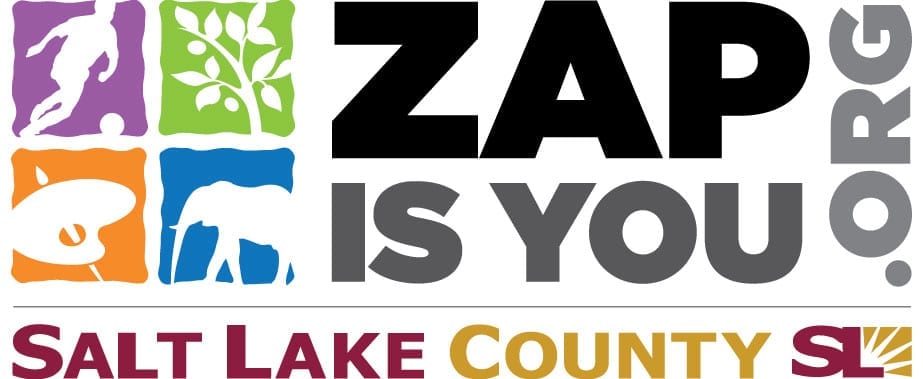
These reviews are made possible by a grant from the Salt Lake County Zoo, Arts, and Parks program.

